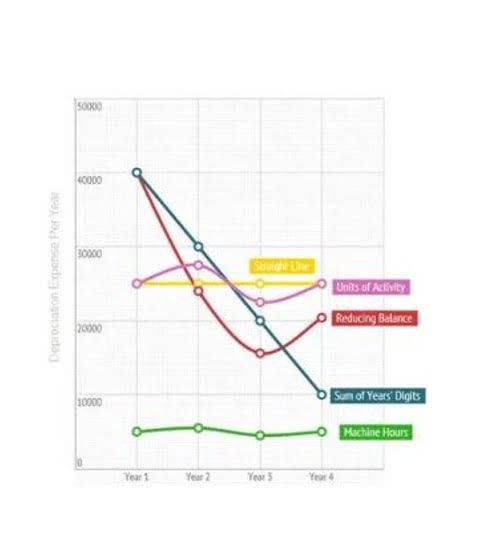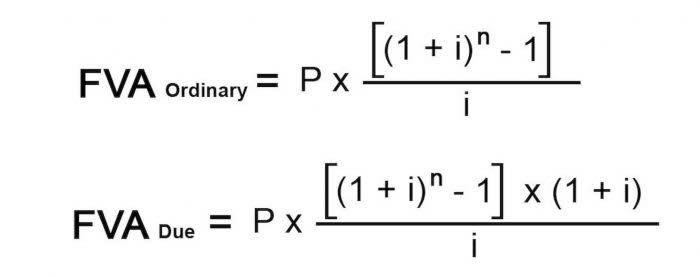
As a result, many financial ratios use current liabilities in their calculations https://www.bookstime.com/articles/chart-of-accounts-numbering to determine how well—or for how long—a company is paying down its short-term financial obligations. But what if the tenant were to pay slightly earlier, at the end of the preceding month? In this case, the landlord must record the receipt of cash, but cannot yet record rental income, since it has not yet earned the rent. Earning the rent will occur in the next month, which is the period to which the payment applies.
By business model
- This approach ensures financial statements accurately reflect operational performance throughout the subscription period.
- Unearned revenue, also known as unearned income, deferred revenue, or deferred income, represents proceeds already collected but not yet earned.
- For instance, a company with $500,000 in current assets and $300,000 in current liabilities, including $100,000 of unearned revenue, has a current ratio of 1.67.
- Record a debit to the unearned rent account for the amount of one month’s rent and a credit to the rent income account for the same amount.
Failure to record unearned revenue correctly can lead to cash flow misjudgments and budgeting errors. It can also affect tax liabilities, potentially resulting in penalties or inaccurate filings. For instance, if a gym receives $600 for a six-month membership, it will initially record the full amount as unearned revenue. Explain the accounting process for recording unearned revenue in journal entries. This blog post aims to demystify the concept of unearned revenue, diving into its accounting treatment, exploring its role in financial reporting, and highlighting key aspects that go beyond the basics.

What are Current Liabilities?

This reflects receiving cash that is unearned rent a current liability the company is obligated to earn by delivering those goods or services. In accounting, the terms deferred revenue vs unearned revenue are frequently used interchangeably. Both represent liabilities on a company’s balance sheet, reflecting payments received in advance for goods or services not yet delivered.
How are current liabilities used in financial ratios?
An increase in unearned revenue can lower this ratio, potentially signaling weaker short-term liquidity. For instance, a company with $500,000 in current assets and $300,000 in current liabilities, including $100,000 of unearned revenue, has a current ratio of 1.67. While this may raise concerns, unearned revenue represents obligations tied to future revenue streams rather than immediate cash outflows. Unearned revenue is a concept in accounting that represents payments a company receives for goods or services it has yet to deliver. This financial element is essential for understanding a company’s cash flow and liquidity, as it affects the timing of income recognition and influences financial decision-making. In U.S. GAAP, it reflects the company’s duty to deliver value to the customer.
- Accrued revenue refers to the earned income for which the seller is yet to receive the payment.
- This process decreases liability and increases revenue, reflecting the fulfillment of the obligation.
- For both businesses and investors, understanding unearned revenues is crucial.
- In accounting, the terms deferred revenue vs unearned revenue are frequently used interchangeably.
Compliance with GAAP Rules
As the service or product is provided, the liability decreases and revenue is recognized accordingly. Proper reporting and recording of unearned revenue ensures accuracy in financial statements and compliance with accounting standards. This section outlines how it is classified, where it appears on financial reports, and how it is treated in journal entries. Under the accounting equation, liabilities represent claims against the company’s assets.
How to Record Unearned Revenue in Accounting
In order to help you advance your career, CFI has compiled many resources to assist you along the path. Below are some of the highlights from the income statement for Apple Inc. (AAPL) for its fiscal year 2024.
When the company receives advance payment, it debits cash and credits unearned revenue. For instance, if a customer prepays $600 for a 12-month subscription, the company lists this amount as unearned revenue on the balance sheet and recognizes $50 as revenue each month. Companies record unearned revenues when they receive money for a product or service but have not yet provided or delivered it. It can be thought of as a “prepayment” for goods or services that a person or company is expected to supply to the purchaser at a later date. The adjusting entry for unearned revenue will depend upon the original journal entry, whether it was recorded using the liability method or income method. In this case, the company ABC needs to record the $2,000 of cash received as an unearned rent revenue in the journal entry on December 29, 2020.

Items like rent, deferred taxes, payroll, and pension obligations can also be listed under long-term liabilities. The second journal entry is in compliance with the GAAP rules and accrual accounting principles though. The revenue generated in advance can be useful for the cash flow requirements of the seller.
For example, on December 29, 2020, the company ABC receives an early cash payment of $2,000 for the rental property it provides to the client. Rent expense management pertains to a physical asset, such as real property and equipment. A company may lease, the other name for rent, an intangible resource from another business and remit cash on a periodic basis. Accrual accounting and GAAP rules state that a business must record a revenue transaction as and when it occurs rather than when it is completed or cash is received. Since the gross vs net seller receives cash or any other form of payment, the revenue generated cannot be ignored. If a company spends too aggressively after receiving upfront payments, it can run into trouble later.